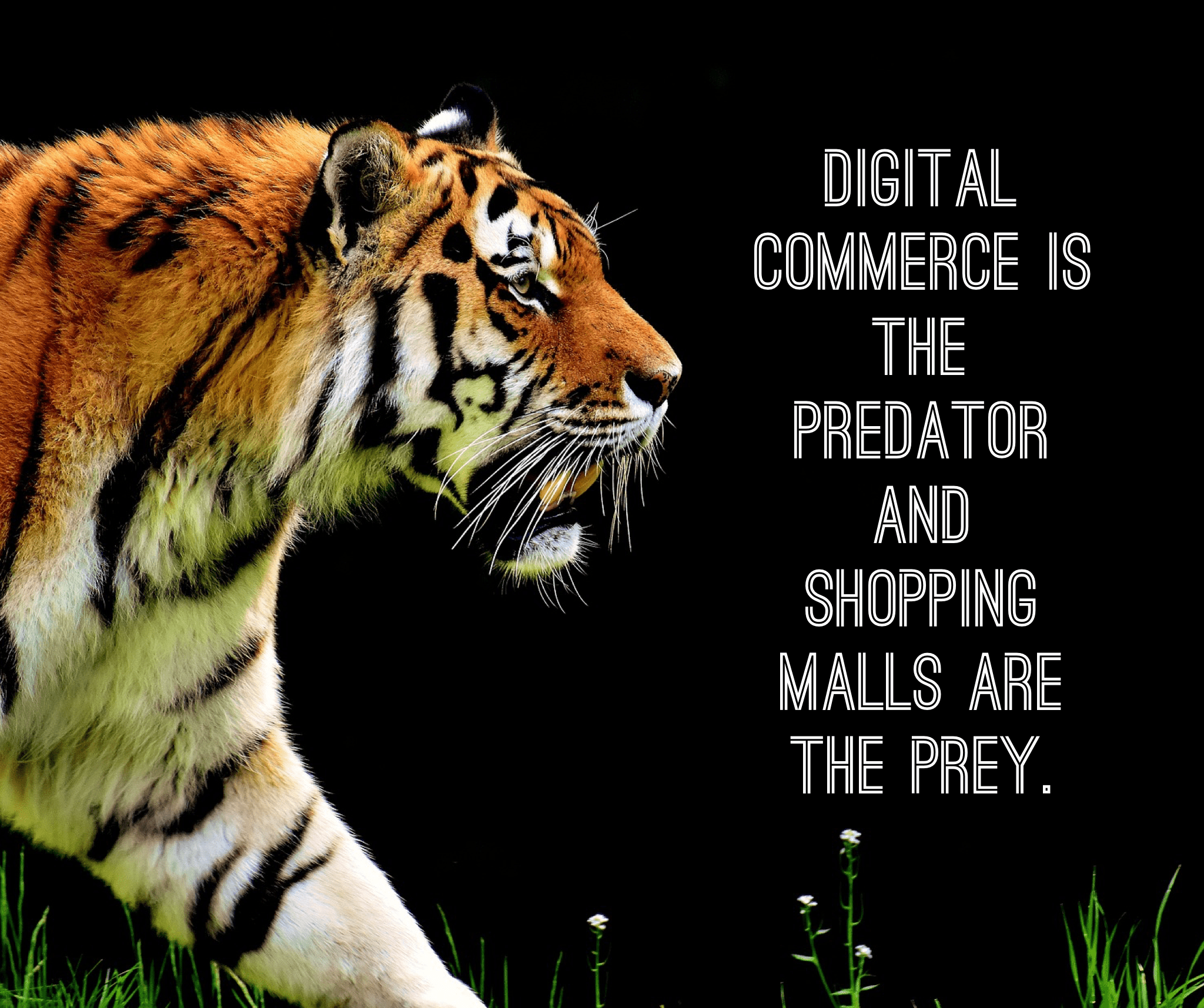
Digital marketing began in 1981 when IBM launched the first personal computer. In the 1990’s there were 16 million Internet users who spent an average of 30 minutes online at a time. By 2002, the users of the Internet skyrocketed to 558 million. By 2007, the first smart phone was born.
Nowadays, Americans spend upward of 11 hours online each day either on their mobile devices or laptops. Sixty seven percent of people check their phone without the push of a notification. From the time the first computer was launched to now, digital marketing companies have drastically changed the way they reach their audiences. It will continue to change and advance.
No Longer a Human’s World
Most companies understand this view, but some companies are still rather slow to accept it. We have a lot to learn from the companies that have been around for a long time and are well established. But the times have changed.
Bigger companies need to take note and learn from the startup companies. Businesses today have to embrace the data they engage with daily. At IBM, they launched a website called THINK Marketing. This is a place where employees, and marketers can learn about what is new and what is next.
Social Influencers Are on the Rise
There is so much information available to consumers. We, as humans, can’t process all of it. Now, it is becoming more and more popular to seek other consumers purchases. A person’s most valuable shopping partner is no longer their best friend, but rather their phone, fully equipped with exactly what their peer expert’s recommendations.
Pictures Are Worth a Thousand Words
At digital marketing agencies and marketing firms, words are out and pictures are in. Videos and visuals have skyrocketed, especially amongst Millennials and Generation Z. Pictures are the new way to share information. Advertising agencies should share more visual content because that is what consumers tend to gravitate towards. Consumers want visuals that are live-action, storytelling and authentic.
Sources:
https://blog.marketo.com/2016/12/10-trends-that-defined-digital-marketing-in-2016.html









